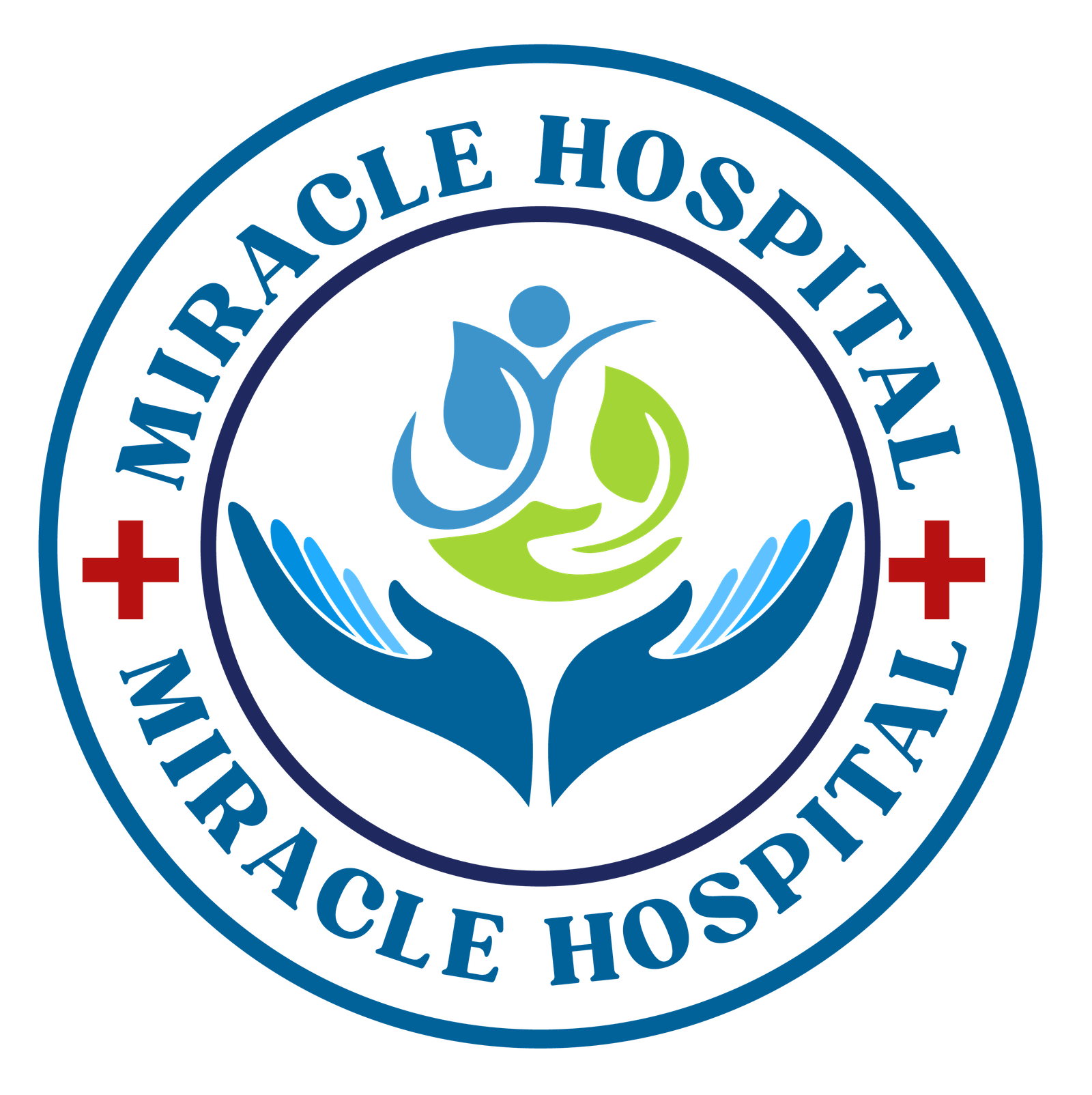Subtotal $0.00
Hirschsprung’s disease is a congenital condition characterized by the absence of nerve cells in parts of the intestine. These nerve cells, known as ganglion cells, control the muscle contractions that move stool through the intestines. Without them, the affected portion of the bowel cannot relax and pass stool effectively. Here’s a breakdown of the causes, symptoms, and treatments associated with Hirschsprung’s disease:
Causes:
- Genetic Factors: Hirschsprung’s disease often occurs sporadically, but there are also genetic factors involved. Mutations in several genes have been associated with the condition, including the RET gene and others.
- Developmental Factors: During fetal development, the nerve cells fail to migrate properly to certain parts of the intestine, leading to the absence of ganglion cells in those areas.
Symptoms:
- Failure to Pass Meconium: Meconium is the thick, dark stool that newborns typically pass within the first 24 to 48 hours after birth. Babies with Hirschsprung’s disease may fail to pass meconium within this timeframe.
- Chronic Constipation: Constipation is a common symptom of Hirschsprung’s disease, often becoming evident in infancy or early childhood. It may present as infrequent bowel movements, difficulty passing stools, or a distended abdomen.
- Vomiting: In severe cases, infants may experience vomiting, which can be bilious (greenish-yellow) due to intestinal obstruction.
- Failure to Thrive: Some infants with Hirschsprung’s disease may fail to gain weight and grow at a normal rate due to feeding difficulties and intestinal issues.
Diagnosis:
- Physical Examination: A doctor may perform a physical exam to check for signs of abdominal distension and palpate the abdomen for abnormalities.
- Imaging Tests: X-rays, contrast enemas, or other imaging studies can help visualize the affected portion of the intestine and identify any blockages.
- Rectal Biopsy: A biopsy of the rectal lining is often the definitive test for diagnosing Hirschsprung’s disease. It involves taking a small tissue sample from the rectum to examine under a microscope for the presence or absence of ganglion cells.
Treatment:
- Surgery: The primary treatment for Hirschsprung’s disease is surgical removal of the affected portion of the intestine. This procedure, called a pull-through or resection, involves removing the segment without ganglion cells and connecting the healthy portion of the intestine to the anus.
- Temporary Ostomy: In some cases, particularly when the disease affects a large portion of the bowel or there are complications, a temporary ostomy may be created. This involves diverting stool through a surgically created opening in the abdomen (stoma) until the pull-through surgery can be performed.
- Postoperative Care: After surgery, patients may require careful monitoring and management of bowel function. Some may experience temporary or long-term issues with bowel control or constipation, which may require dietary modifications, medications, or additional surgeries.
Early diagnosis and treatment are crucial for managing Hirschsprung’s disease effectively and preventing complications. Long-term outcomes can vary depending on the extent of the disease and any associated complications, but many individuals can lead healthy lives with appropriate medical care and support. Regular follow-up with a healthcare team experienced in managing Hirschsprung’s disease is essential for ongoing monitoring and management.





Www.waste-Ndc.pro
May 19, 2024I amm curious to find out what blog platform you're using? I'mhaving soome small security issues with my latst site and I'd like to fund something more safe. Do you havge any suggestions? https://www.waste-Ndc.pro/community/profile/tressa79906983/
Admin
July 12, 2024Dear, i'm using my official website for blogs.